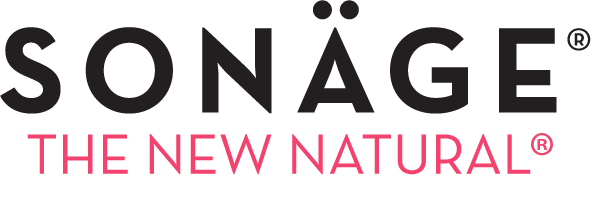
The Zoe Report - Yes, You Can & Should Still Wear A Smoky Eye With Crow’s Feet (Luster Eye Creme)
"Does the idea of “mature” or “age-appropriate” makeup make you roll your eyes, but you’re unsure how to apply eyeshadow and liner without it looking too harsh or messy? First thing: Forget the arbitrary rule that eye makeup over 40 should only consist of minimalist neutrals. “Makeup in your 40s does not need to be boring and can still be fun, playful, and cool — with a few tweaks of course,” confirms celebrity makeup artist Gita Bass
Next, rethink your approach. Eye makeup will sit differently on your skin because the anatomy and texture of your skin change as you age. “Women in their 40s may start to see lines settling around the eye area and volume loss resulting in the change of the surrounding bone structure. Some might notice that the eyes look a little smaller than before,” says Carolina Deli, a celebrity makeup artist who works with Kate Hudson. “We want to concentrate on lifting and brightening at this age, so formulas and techniques definitely need an update,” Bass adds. “Some of the trendier runway looks focus on looking cool and edgy rather than young and fresh, so it’s important to combine the two.”
The right prep and a few new pro techniques will help you troubleshoot any skin-related challenges and still get all of the eye-brightening and defining benefits you want. Read on for top makeup artists’ tips on how to nail the hottest make up trends at any age.
Start With Skin Prep
First things first: Before applying any eye makeup look, care for the delicate skin around your eyes. “Hydration is key for the skin around the eyes, so a good eye cream that absorbs well and creates a smooth canvas for makeup is a must,” Bass says. Prep eyes with a lightweight, hydrating formula, and save the rich, heavy cream or eye mask for bedtime. According to Dali, overly heavy or oily moisturizers can disturb makeup and thus, shorten its wear.
LA-based makeup artist Jamie Greenberg likes to layer an eye patch over eye cream and leave it on to help trap hydration and de-puff the undereye area while applying eye makeup. “I always do the eyes first so I can clean up any fallout before I apply concealer,” Greenberg adds.


